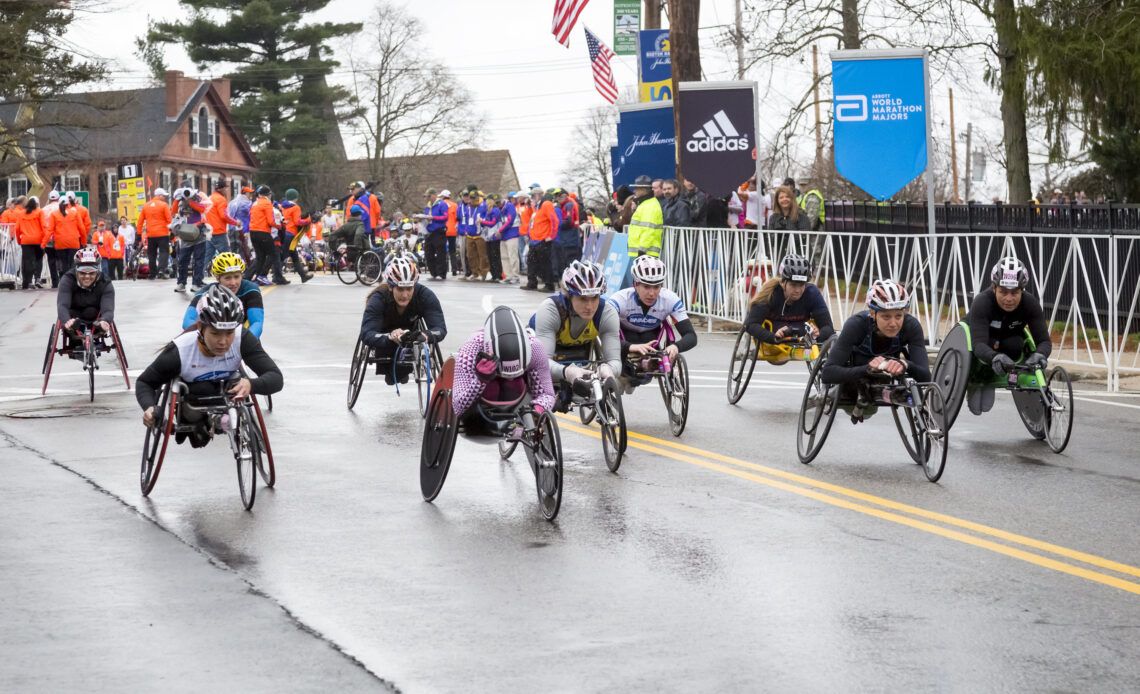
Exoskeletons, bionics and prosthetics can help you live longer and become more powerful. However, are you willing to become a cyborg, a human enhanced by mechanical elements? Does the thought of becoming a cyborg terrify or intrigue you? How would you be perceived by others? Would that be worth abilities such superhuman strength and running faster without becoming tired?
In Live to 100 or Live to 1000, we noted that to live much much longer, our human bodies must eventually undergo mechanical improvements. Hip and knee replacements have become standard reliable surgical procedures with over 2.4 million completed annually in America. Going even farther, leading-edge companies are making exoskeletons, bionics and prosthetics.
What capabilities can they provide to you today? What additional improvements will arrive in the next few years?
Exoskeleton, Bionic and Prosthetic Companies
Below are the top exoskeleton, bionic and prosthetic companies working on improving your physical abilities. The ideal goal is for providing natural sensation of joint movement and effort from neurally-controlled devices. Our article, Connect with Your Brain, covers the leading brain and neural implant companies. Full integration between all cyborg components will provide the best user experience.
- Arm Dynamics (USA)
- Myoelectric prosthetics for amputees and those with congenital limb deficiencies.
- Upper limbs.
- Cyberdyne (Japan) Hybrid Assistive Limbs (HAL)
- Improves, supports, enhances and regenerates the wearer’s physical functions according to the wearer’s intentions.
- Detects bioelectric signals on skin surface to determine actions, the closest solution today to being neurally connected.
- Provide ankle, knee, elbow, shoulder and spinal devices.
- Have not yet created Skynet.
- German Bionic (Germany)
- Cray-X robotic exoskeleton at $499 / month.
- Enables lifting 66 more pounds per lift and walking assistance.
- Laevo Exoskeletons (The Netherlands)
- Battery-free exoskeletons to protect against back injuries for workers.
- Store and use energy gained from bending down and picking up objects.
- Ottobock. (Germany)
- Exoskeletons
- Enable workers to move loads manually while keeping a high level of flexibility.
- Reduce lower back load when lifting objects by ~60 percent.
- Provide thumb, wrist, back, knee and shoulder devices.
- Offer comfortable, cooling sleeves to be worn under devices.
- Deployed in 7 countries in a variety of physically demanding industries.
- Orthotics
- Upper extremity and lower extremity orthopedic devices to heal, support and minimize pain.
- Assist with regaining mobility.
- Prosthetics
- Devices for upper and lower limbs (feet, knees, arms, hands).
- Gentle, yet rugged to cover light and heavy tasks.
- Enhanced sports-competition options which improve upon human anatomy.
- Exoskeletons
- Rewalk Robotics (USA)
- Gait training and mobility for those with lower extremity injuries
- Exoskeletons and Exo-Suits designed for those with spinal cord injuries and strokes.
- Soft Exosuit (Harvard Wyss Institute, Harvard BioDesign Labs (USA)
- Light, textile based suit to enhance walking. No rigid structures.
- Reduces running effort by 5%.
- Assists joints on torque movements.
- Improves biomechanics and flexion.
- Incorporates ultrasound calf measurements to adjust rapidly to terrain.
- Spring Loaded Technology (USA)
- Bionic knee braces for meniscus and ligament injury recovery.
- Reduce joint load stress by 40%.
Conclusion of Exoskeletons, Bionics and Prosthetics
Thanks for reading this article. As your reward for continuing to focus on your health, please check out Hugh Herr’s inspirational 20 minute Ted Talk on how bionics are bridging the gap between disability and ability. Human limitation is being replaced with human potential. If Hugh can dream it, Hugh can do it.
